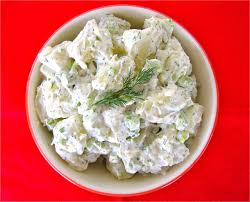
2 large eggs
3 1/3 c buttermilk
2 c old fashioned oatmeal
1/2 c flour
1/3 sugar
1 tsp baking powder
1 tsp baking soda
add 1 1/3 c buttermilk
In a large bowl, whisk together the buttermilk and eggs. Add dry ingredients and mix until the batter is
combined. Let the batter stand at room temp for one hour or chilled overnight.
Heat a griddle over moderate heat until it is hot enough to make drops of water scatter over the surface then
brush it with some of the oil. Working in batches, drop the batter of 1/2 c measures onto the griddle, cook
the pancakes for 2 min on each side, or until they are golden and cooked through. Serve with syrup.







